What's the difference between a toaster oven and a countertop oven? We asked the experts
If you're all about toast or looking for a little more, we've got you covered
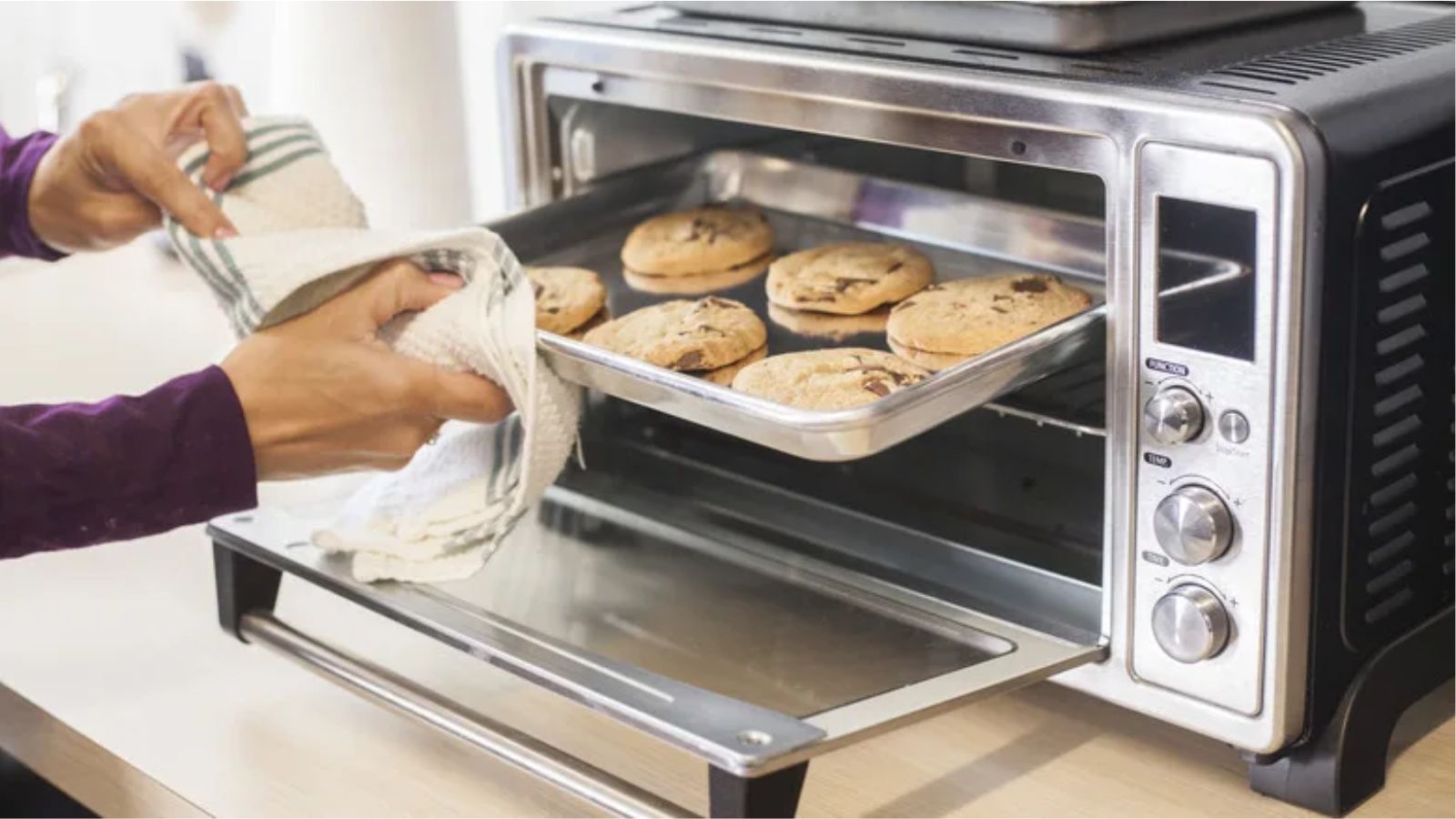

Searching for countertop ovens, you'll see a lot of names thrown about: toaster ovens, convection ovens, and countertop ovens are some of the most popular. Oftentimes, these are used interchangeably and, even though these appliances are incredibly similar, there are some crucial differences that it's important to know before you dive into a purchase.
Our experts have worked hard testing the best toaster ovens. Some of our favorites have fans integrated into them, meaning that they have 'convection' in their names. This might be confusing if you don't know the difference between convection ovens and toaster ovens. Before you buy one, you'll want to know what these terms mean.
We're here to dive deep into the toaster oven vs countertop oven debate, explaining what each model does, how they differ, and which one is better for you. Our experts also have some tried-and-tested suggestions for the best models on the market.
What is a toaster oven?
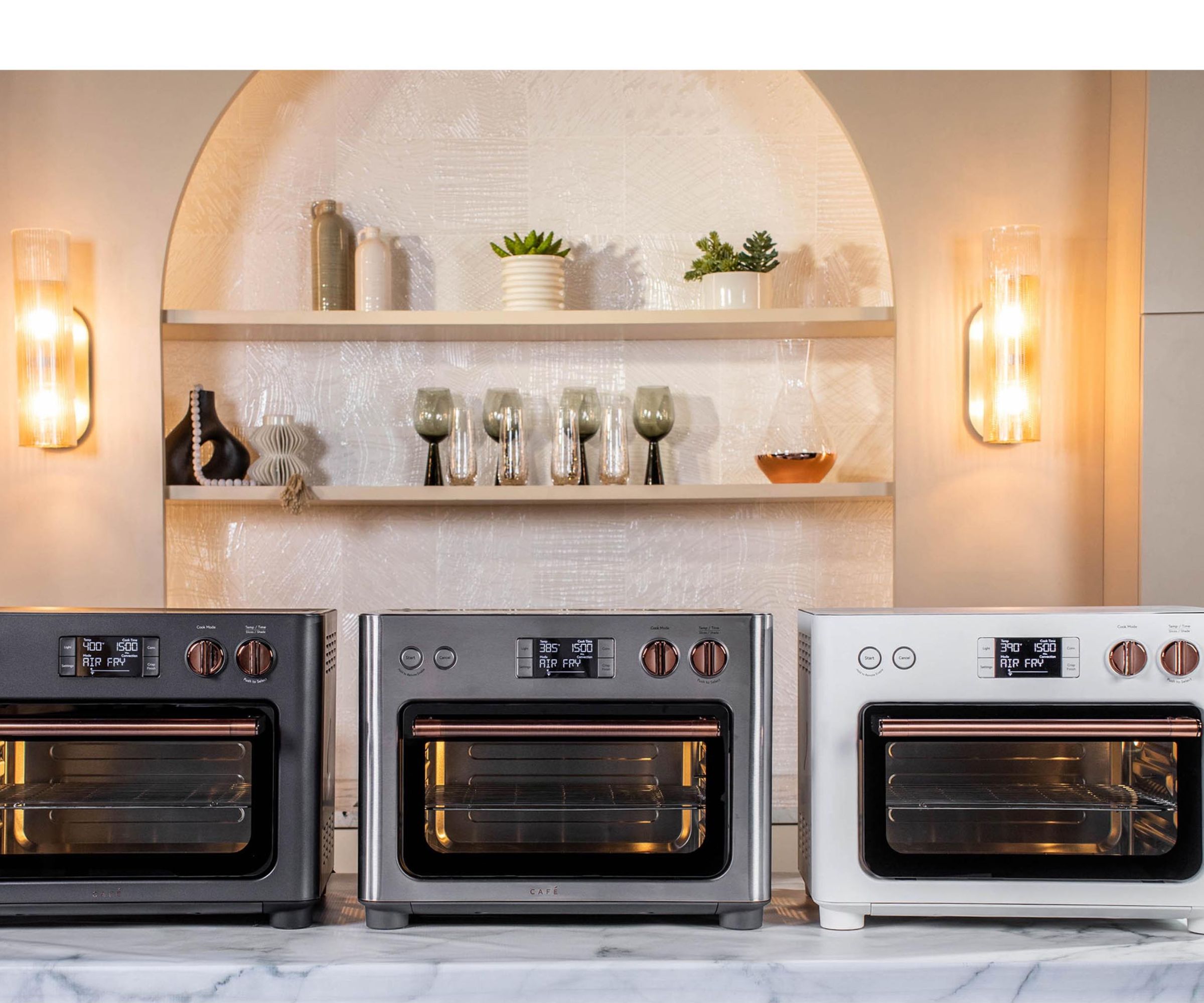
There's been a big buzz around toaster ovens recently. The latest and greatest models cover a plethora of functions ranging from dehydrating to air frying, so it's no surprise that they're in high demand. However, toaster ovens are primarily made to toast bread and reheat meals. They use heating elements at the top and bottom of the appliance. The more premium options which offer functions for baking, roasting, broiling and more might also make use of a fan at the back of the model.
Generally, toaster ovens are relatively compact. They don't normally have more capacity than 0.5-1 cubic feet, which makes them great for couples and single-person homes. They don't demand much room, nor do they draw much energy, so you'll be doing a whole lot of saving if you choose to invest in one.
The reason these get confused with convection ovens is that some have fans at the back, meaning that they have settings for convection cooking. If you want an appliance which can toast and cook, these are an excellent investment, since the best toaster ovens will deliver across all their functions.
What is a countertop oven?
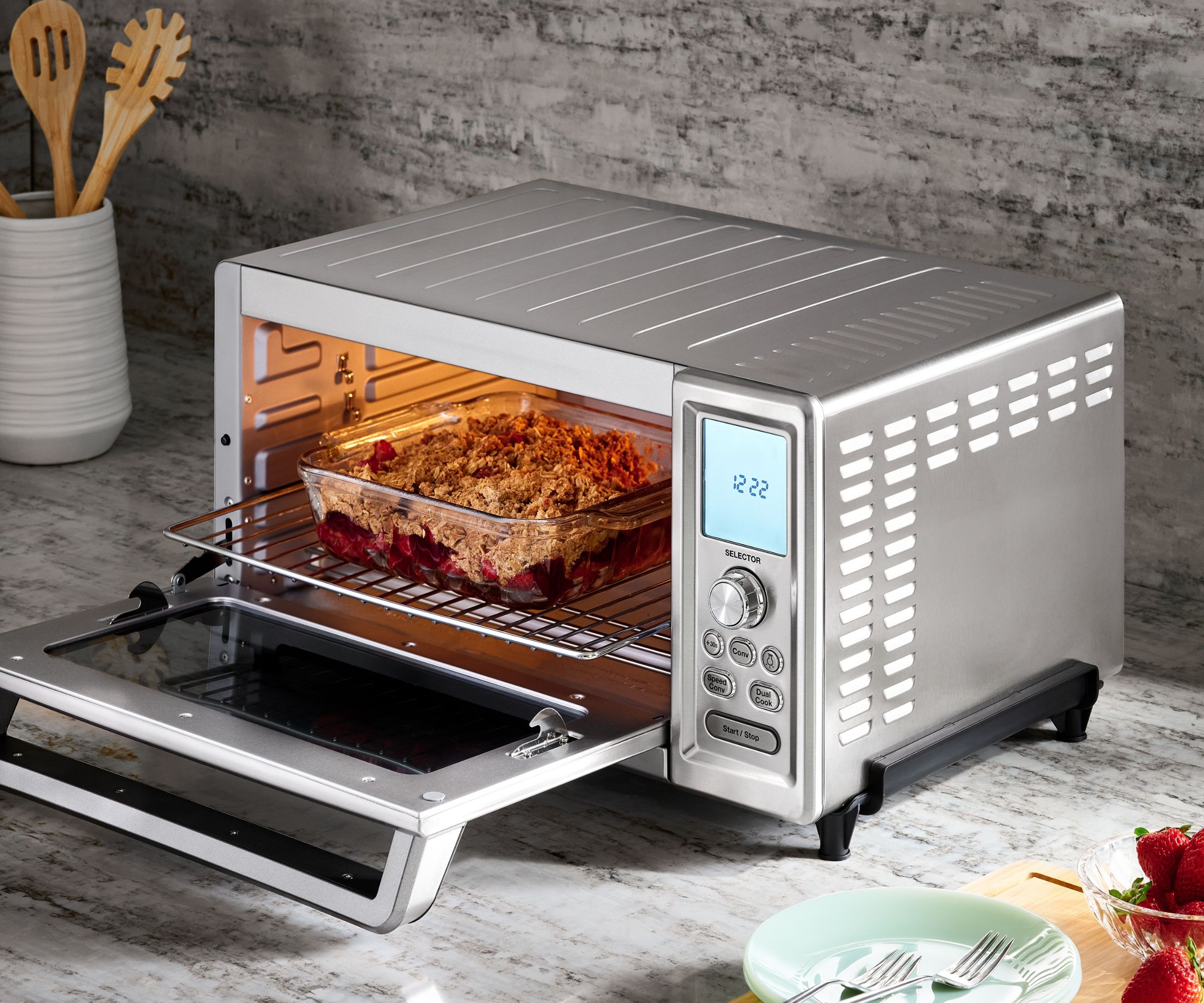
You've had a sneak peek into how countertop ovens work when I mentioned the fan at the back of toaster ovens. Essentially, these work like mini ovens using the fan to distribute heat around the space inside the oven.
The best countertop ovens come with a range of functions, so can also bake, roast, broil, and toast (like a toaster oven). Countertop ovens often boast bigger capacities than toaster ovens: they start at 1 cu. ft. and can reach as much as 2 cu. ft. Whilst this does mean that they'll take up more space on your countertop, they'll also be able to fit your bigger casserole dishes, deep pans, and big trays. If you like in a large or hungry household, these are a better bet than toaster ovens.
Plenty of people use countertop ovens for making pizzas, roasting meats, and more. While some snazzy toaster ovens will be able to handle the same functions, these capabilities come as a standard setting on countertop ovens.
Toaster oven vs countertop oven: head to head
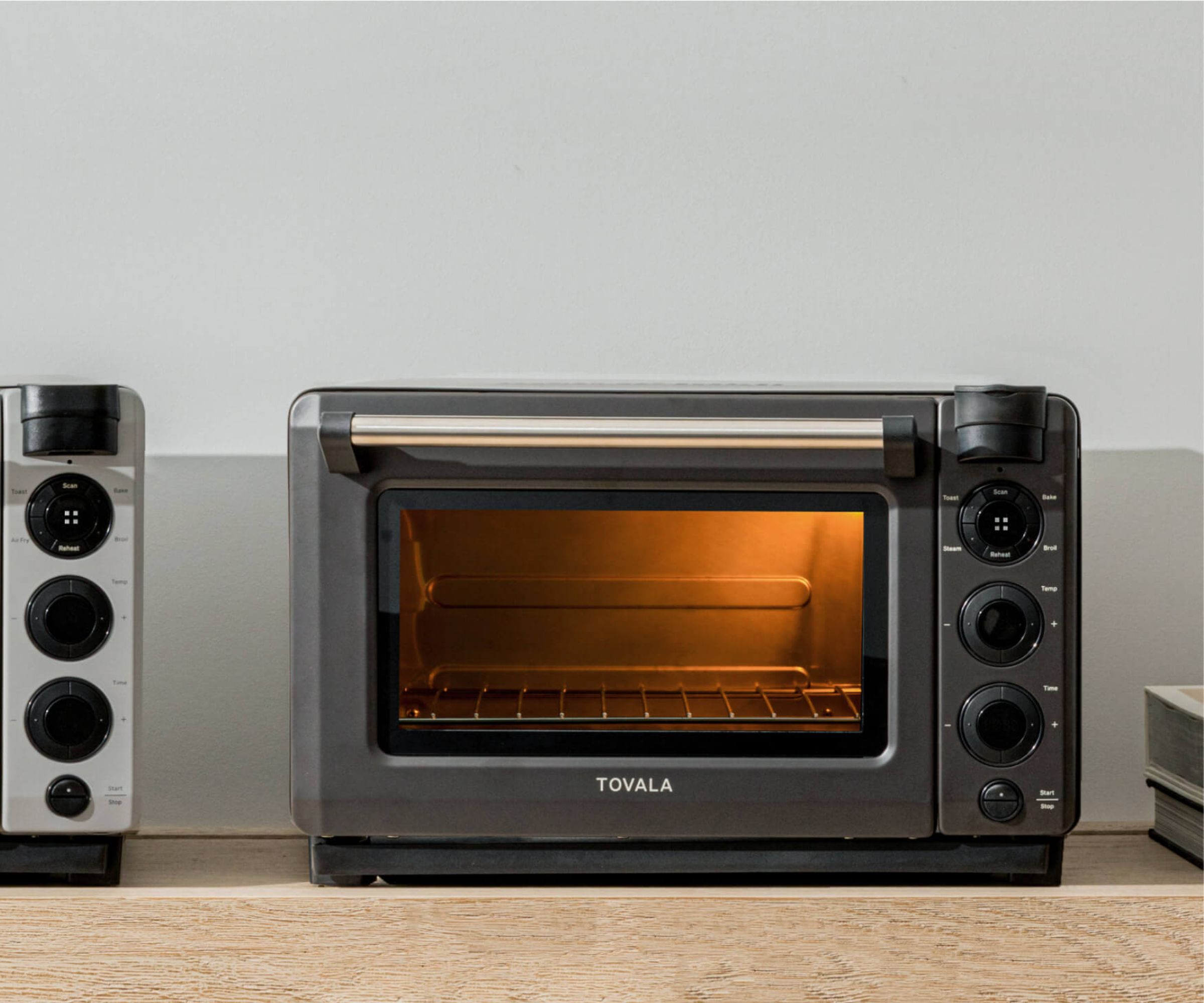
So, whilst they often cover the same functions, there are some key differences between countertop ovens and toaster ovens, namely the way that they heat your food. The capacity of even the best toaster ovens will still be small in comparison to the average countertop oven. To give you a real-life example of how they compare, we put our favorite toaster oven up against our favorite countertop oven. Here are the results.
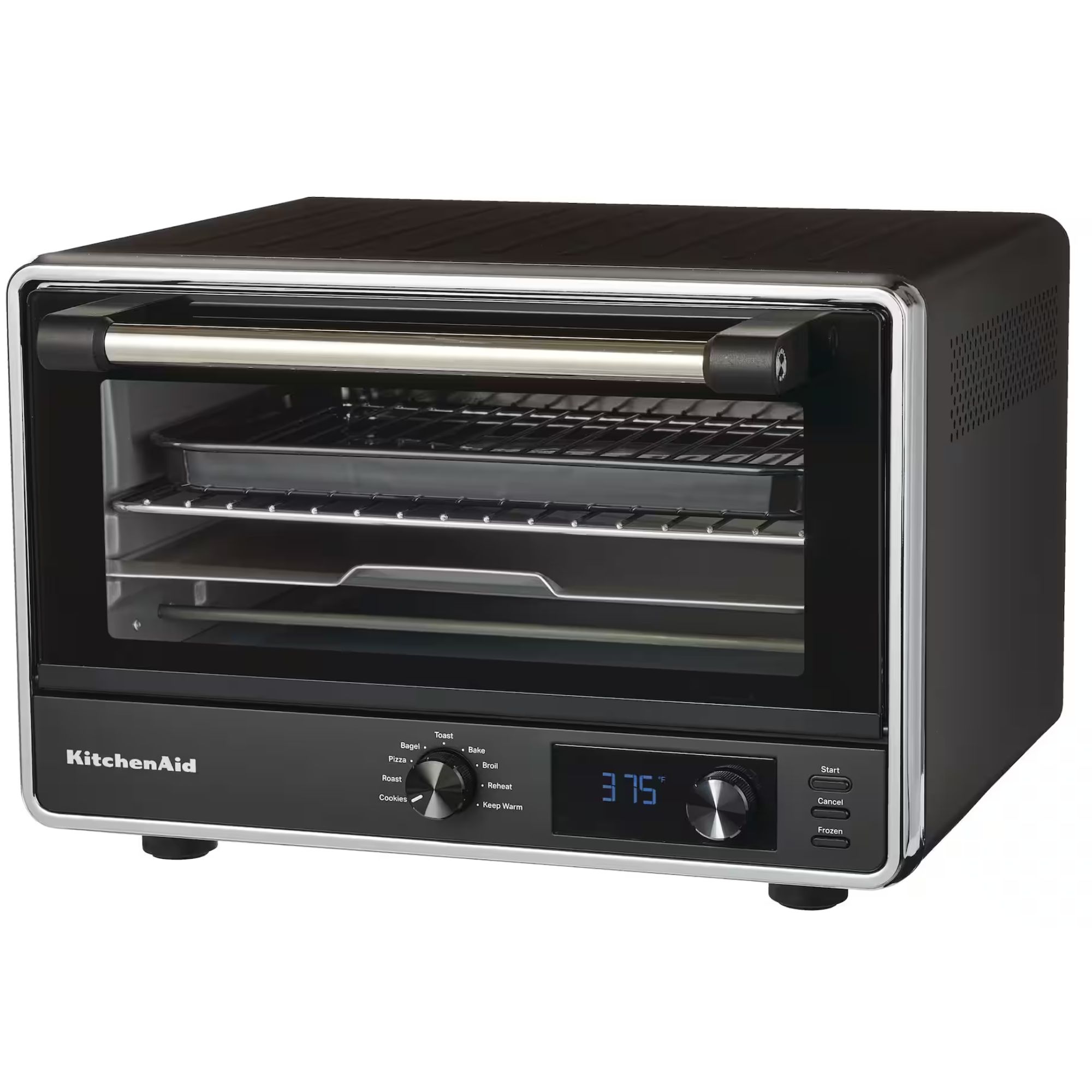
This is smaller than a toaster oven, so it's better for compact homes. It doesn't need much space but will cover baking, roasting, air frying and more. Some models are more limited than this, but it's a good example of where the toaster oven industry is heading. Essentially, if you're short on space and don't need a super-strong oven, this is a perfect investment.
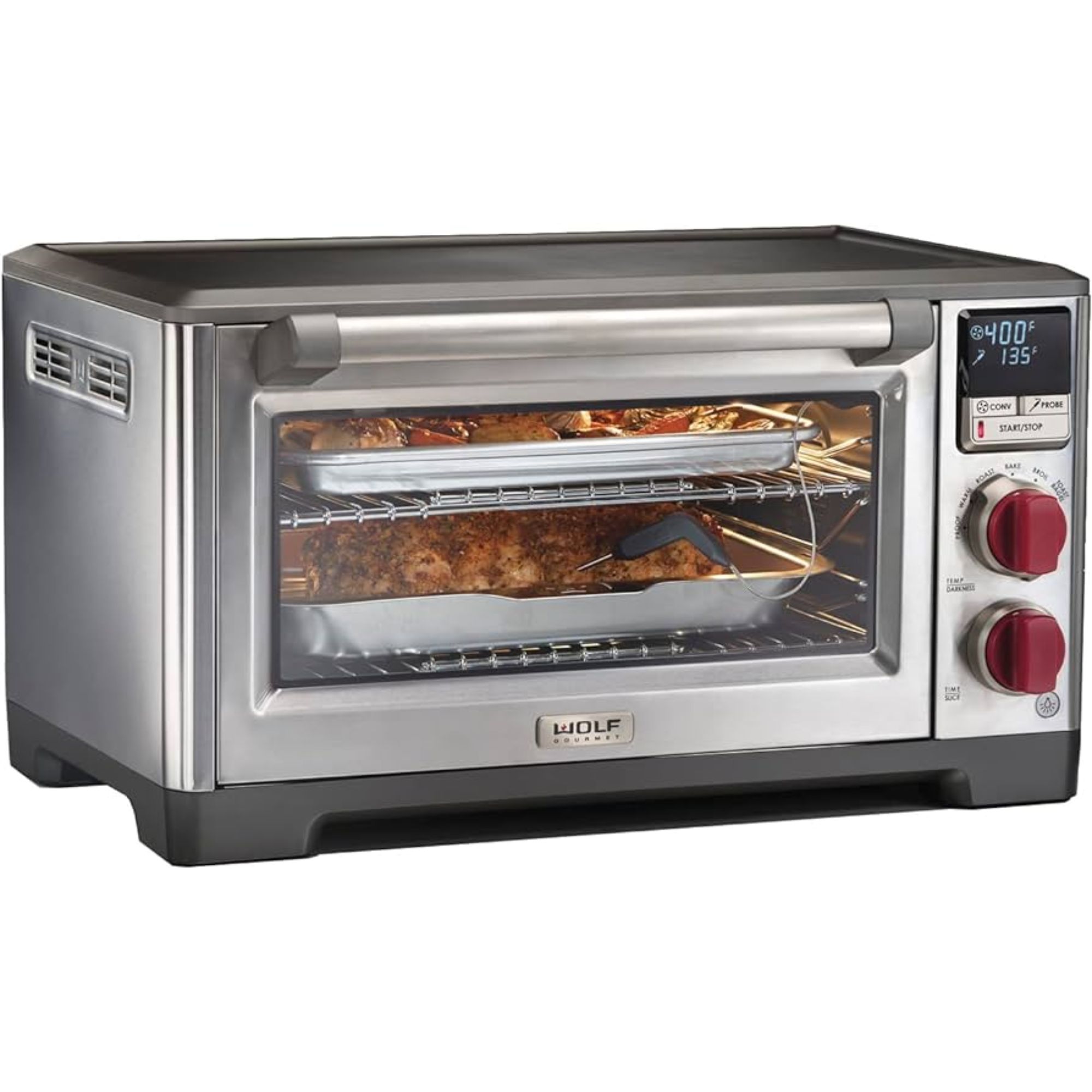
As countertop ovens go, this is pretty perfect. It's considered to be both a toaster oven and countertop oven, thanks to its toasting function. This is pretty standard, as is the bigger capacity, versatile functions. It's more demanding on your countertops, but better for bigger families.
FAQs
What is the key difference between a countertop oven and a toaster oven?
The main difference is that countertop ovens tend to be bigger with more versatile functions. Toaster ovens are generally considered to be smaller and more limited in terms of their settings, but these days, I have to say, they're rivaling countertop ovens.
Is a countertop oven a convection oven?
A countertop convection oven is a small version of your main oven that you have at home, if your main oven is convection too. Unless stated otherwise, the countertop oven is just a mini version of your oven.
Sign up to the Homes & Gardens newsletter
Design expertise in your inbox – from inspiring decorating ideas and beautiful celebrity homes to practical gardening advice and shopping round-ups.

Laura is our eCommerce editor. As a fully qualified barista, she's our expert in all things coffee and has tested over thirty of the best coffee makers on the market. She has also interviewed Q-Graders and world-leading experts in the coffee industry, so has an intimate knowledge of all things coffee. Before joining Homes & Gardens, she studied English at Oxford University. Whilst studying, she trained as a master perfumer and worked in the luxury fragrance industry for five years. Her collection of home fragrance is extensive and she's met and interviewed five of the world's finest perfumers (also known as 'noses'). As a result of this expansive fragrance knowledge, she always puts quality and style over quantity and fads. Laura looks for products which have been designed simply and with thoughtful finishes.
-
 Bryce Dallas Howard's bedroom is the most creative, social space in her entire home – she uses 'conversational seating' to create a multifunctional 'salon'
Bryce Dallas Howard's bedroom is the most creative, social space in her entire home – she uses 'conversational seating' to create a multifunctional 'salon'The actress's bedroom doubles as a home office thanks to its clever layout and furnishings, proving that this area is much more than a sleep space
By Hannah Ziegler
-
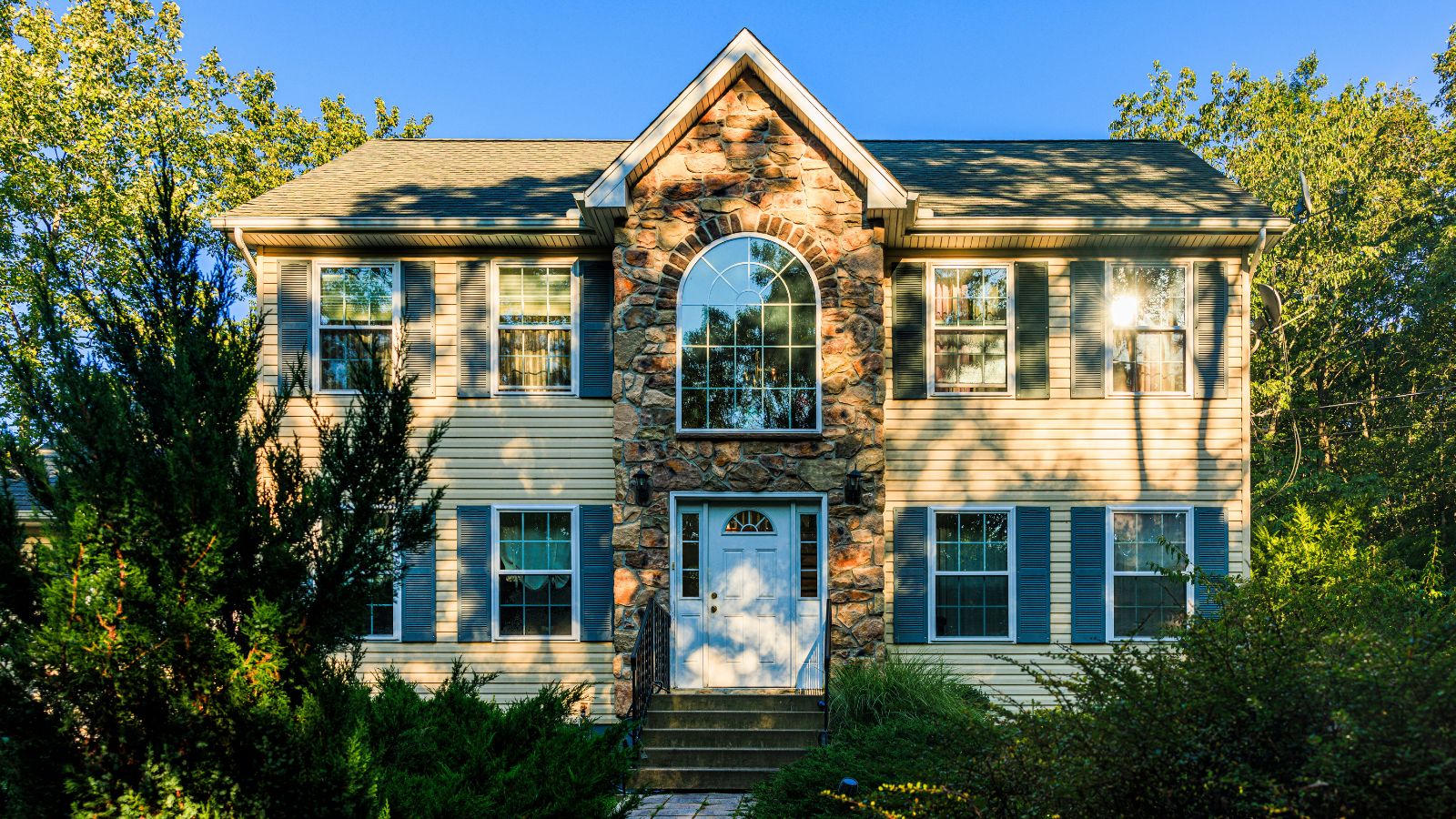 7 questions to ask yourself before moving house – realtors promise answering these questions will prevent buyer's regret
7 questions to ask yourself before moving house – realtors promise answering these questions will prevent buyer's regretDon’t make your move harder, ask these questions before moving to avoid mistakes
By Chiana Dickson